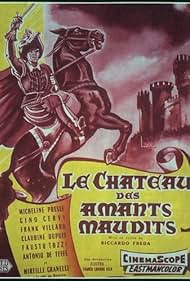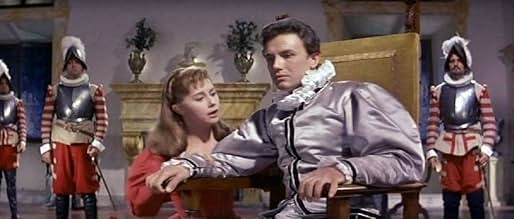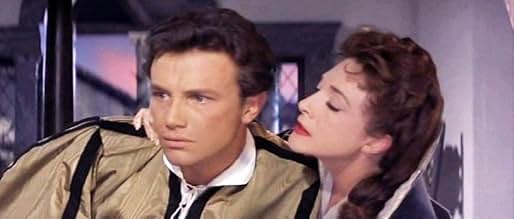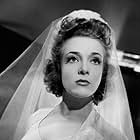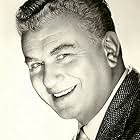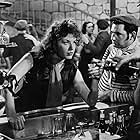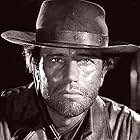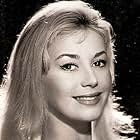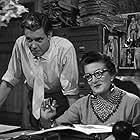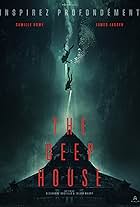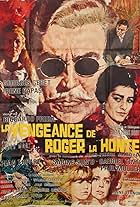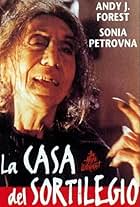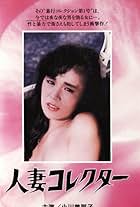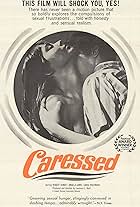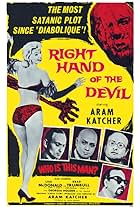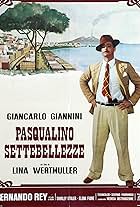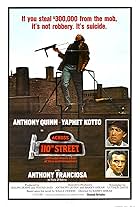The beautiful Beatrice Cenci, daughter of the noble Francesco, falls in love with the intendant Olimpio. But she has to face the jealousy of her violent and morbid father, and the hostility ... Read allThe beautiful Beatrice Cenci, daughter of the noble Francesco, falls in love with the intendant Olimpio. But she has to face the jealousy of her violent and morbid father, and the hostility of her stepmother Lucrezia.The beautiful Beatrice Cenci, daughter of the noble Francesco, falls in love with the intendant Olimpio. But she has to face the jealousy of her violent and morbid father, and the hostility of her stepmother Lucrezia.
Frank Villard
- Giudice Ranieri
- (as Franck Villard)
Anthony Steffen
- Giacomo Cenci
- (as Antonio De Teffè)
Amedeo Trilli
- Un servo dei Cenci
- (uncredited)
Storyline
Did you know
- TriviaItalian censorship visa # 22028 delivered on 25-6-1956.
- ConnectionsReferenced in Cannibal Holocaust (1980)
Featured review
There've been many cinematic versions of the famous medieval tale; most notable were the ones directed by two "Euro Cult" masters, this by Freda and Lucio Fulci's 1969 film. Besides, Bertrand Tavernier's LA PASSION BEATRICE (1987) was inspired by Freda's take - Tavernier being an admirer and personal friend of the Italian film-maker.
The title role is played by Mireille Granelli, whose film career didn't prove very prolific - though she does well enough here. The plot involves a girl's mistreatment at the hands of her tyrannical father - feared and hated by all and, again, played by Gino Cervi (from THE IRON CROWN [1941]); eventually accused and tortured as an accomplice in his murder, she ends up beheaded for refusing to divulge the whereabouts of her lover (Fausto Tozzi). Besides, the father is incestuously drawn to his daughter, and there's a similar relationship going on between his weakling son (latter-day "Euro-Cult" star Anthony Steffen) and his stepmother (Micheline Presle)!
It's not quite as sordid as it sounds - at least not in Freda's film, which I would call the "Hollywood" version of the tale: a lavish melodrama which is almost operatic in treatment and presentation (Franco Mannino's full-blooded score, the elaborate sets and the vivid color scheme certainly attest to this), it's basically the Italian equivalent of the contemporaneous work of Douglas Sirk! The film also makes full and careful use of the widescreen frame: characters are often positioned on the sides and separated by an object - usually a window - to give the whole a sense of depth. Unfortunately, the ratio in the version I watched has been somewhat compromised because the right side of the frame is evidently cropped during several scenes; I also experienced a continuous and distracting echo on the soundtrack, not to mention slight picture loss during the crucial final scene (the ironic aftermath of innocent Beatrice's tragic execution)...
I've watched all three films - 1956, 1969 and 1987 - in pretty close proximity and they're all excellent, but also quite different stylistically: Fulci's, unsurprisingly, is the most visceral (with considerable attention devoted to the torture scenes - which here are also aimed at the lover, played by Tomas Milian) but giving vent, too, to the director's much-publicized anti-clericalism; Tavernier's - concentrating on the psychology of the characters amid a painstaking if distinctly cheerless recreation of the Middle Ages - is, then, clearly the most realistic i.e. least stylized one.
P.S. Incidentally, I had intended to precede the film with a viewing of an earlier historical effort by Freda - IL CONTE UGOLINO (1949) - recorded off late-night Italian TV; however, during the first couple of minutes, the battered print involved featured so many missing frames - and, consequently, lines of dialogue - that it was impossible to follow...and maddening to experience, to say the least! An impromptu research on the Internet suggested that this unfortunate deficiency was a constant throughout the entire broadcast - so I thought it best to let go for the time being, even if I'll keep the recording and maybe summon enough courage to give it another try somewhere down the line...
The title role is played by Mireille Granelli, whose film career didn't prove very prolific - though she does well enough here. The plot involves a girl's mistreatment at the hands of her tyrannical father - feared and hated by all and, again, played by Gino Cervi (from THE IRON CROWN [1941]); eventually accused and tortured as an accomplice in his murder, she ends up beheaded for refusing to divulge the whereabouts of her lover (Fausto Tozzi). Besides, the father is incestuously drawn to his daughter, and there's a similar relationship going on between his weakling son (latter-day "Euro-Cult" star Anthony Steffen) and his stepmother (Micheline Presle)!
It's not quite as sordid as it sounds - at least not in Freda's film, which I would call the "Hollywood" version of the tale: a lavish melodrama which is almost operatic in treatment and presentation (Franco Mannino's full-blooded score, the elaborate sets and the vivid color scheme certainly attest to this), it's basically the Italian equivalent of the contemporaneous work of Douglas Sirk! The film also makes full and careful use of the widescreen frame: characters are often positioned on the sides and separated by an object - usually a window - to give the whole a sense of depth. Unfortunately, the ratio in the version I watched has been somewhat compromised because the right side of the frame is evidently cropped during several scenes; I also experienced a continuous and distracting echo on the soundtrack, not to mention slight picture loss during the crucial final scene (the ironic aftermath of innocent Beatrice's tragic execution)...
I've watched all three films - 1956, 1969 and 1987 - in pretty close proximity and they're all excellent, but also quite different stylistically: Fulci's, unsurprisingly, is the most visceral (with considerable attention devoted to the torture scenes - which here are also aimed at the lover, played by Tomas Milian) but giving vent, too, to the director's much-publicized anti-clericalism; Tavernier's - concentrating on the psychology of the characters amid a painstaking if distinctly cheerless recreation of the Middle Ages - is, then, clearly the most realistic i.e. least stylized one.
P.S. Incidentally, I had intended to precede the film with a viewing of an earlier historical effort by Freda - IL CONTE UGOLINO (1949) - recorded off late-night Italian TV; however, during the first couple of minutes, the battered print involved featured so many missing frames - and, consequently, lines of dialogue - that it was impossible to follow...and maddening to experience, to say the least! An impromptu research on the Internet suggested that this unfortunate deficiency was a constant throughout the entire broadcast - so I thought it best to let go for the time being, even if I'll keep the recording and maybe summon enough courage to give it another try somewhere down the line...
- Bunuel1976
- Apr 7, 2007
- Permalink
Details
- Release date
- Countries of origin
- Language
- Also known as
- Ein zarter Hals für den Henker
- Filming locations
- Production companies
- See more company credits at IMDbPro
- Runtime1 hour 33 minutes
- Sound mix
- Aspect ratio
- 2.35 : 1
Contribute to this page
Suggest an edit or add missing content

Top Gap
By what name was Castle of the Banned Lovers (1956) officially released in Canada in English?
Answer